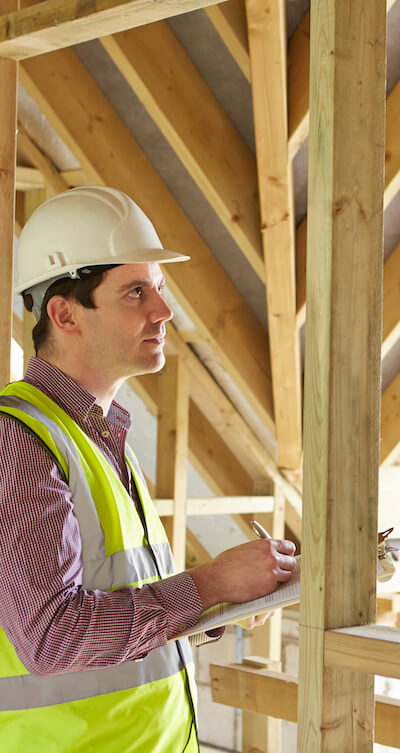Introduction to the LEED Green Building Rating System
The Leadership in Environmental Design (LEED) Green Building Rating System was developed by the U.S. Green Building Council in 1998.
LEED establishes standards and benchmarks for environmentally sustainable construction.
The technical criteria used to establish these benchmarks are developed by LEED committees and are approved by the member organizations that comprise the U.S. Green Building Council. By having member organizations actively participate in the endorsement of LEED criteria, LEED remains a public forum, open to change and improvement.
LEED building projects are investments that promote healthier living and working environments by conserving natural resources, reducing waste and energy consumption, and optimizing efficiency.
In comparison to conventional building practices, the costs involved in Green construction are higher. However, Federal grants and tax incentives are available for LEED building projects.
Currently, LEED is focused on commercial building and multi-family, low-income housing.
Goals of the LEED Green Building Rating System
The LEED Green Building Rating System was created to accomplish the following:
- Establish a common standard of measurement for Green building practices.
- Promote integrated, whole-building design practices
- Recognize environmental leadership in the building industry
- Stimulate Green competition
- Raise consumer awareness of Green building benefits
- Transform the building industry
A Six-Tiered System of Standards
Since its inception, LEED has grown from small-scale criteria on Green building into a more complete, six-tiered system of standards encompassing all areas of the development and construction process. These standards include:
- Sustainable Sites
- Water Efficiency
- Energy and Atmosphere
- Materials and Resources
- Indoor Environmental Quality
- Innovation and Design Process
LEED certification is granted when the builder or architect submits an application to the U.S. Green Building Council (USGBC), documenting their compliance with the LEED rating system.
LEED Certification Levels
The LEED Green Building Rating system is points-based. Similar to the NAHB Model Green Home Building Guidelines, LEED certification is granted as award levels, determined by the total number of accumulated points.
These award levels include:
- Certified (26-32)
- Silver (33-38)
- Gold (39-51)
- Platinum (52-69)
The LEED Green Building Rating System does not award points to any individual product. Instead, the cumulative environmental benefits of multiple products used in a given project, collectively contribute to earning LEED points.
Currently, LEED criteria only recognize wood that is certified through the Forest Stewardship Council (FSC®) governing body.
For more information on the LEED Building Rating System visit: usgbc.org/leed

